Assi Ghat is one of Varanasi's most famous ghats, with both tourists and residents flocking to it on a daily basis. It is situated at the confluence of the Ganga and Assi rivers in the southern section of Varanasi's holy city. People come to Assi Ghat for a variety of reasons, including to soak up the spiritual ambiance, to see the famed evening aarti, and to learn about the local culture. Kurma Purana, Matsya Purana, Padma Purana, and Agni Purana are among the Hindu scriptures that reference this ghat.
What is the origin of the term Assi Ghat, and how did it come to be? Goddess Durga, after killing the demons Shumbha-Nishumbha, hurled her sword, according to Hindu mythology. The sword's landing site resulted in the formation of the Assi River. Another legend claims that Lord Rudra (a manifestation of Lord Shiva) got enraged with Asuras and killed 80 of them at this location. This is how Assi got its name (which means 80 in Hindi). Lord Rudra, on the other hand, regretted his actions after murdering the asuras and wished he hadn't murdered them. After this occurrence, he renounced all sorts of violence and declared Varanasi to be a symbol of nonviolence.
Taking a plunge at Assi Ghat (where the two rivers, Ganga and Assi, meet) is considered similar to taking a plunge in hundreds of other sacred rivers, according to devotees. There are times when tens of thousands of worshippers go to the temple. Natural occurrences such as lunar and solar eclipses, Makar Sakranti, and Probodhoni Ekadashi are among them. Under the peepal tree at the ghat, there is a Shivlinga. After taking a swim in the Ganga, people donate holy water here. A second linga may be seen within a little marble temple beside the temple.
People come to Assi Ghat, one of Varanasi's most well-known tourist sites, for a variety of reasons. Some come to take a holy swim, while others come to relax and enjoy the tranquil surroundings. Spending time at the ghat is thought to have a relaxing effect on both the mind and the body. Early in the morning, when the morning aarti, also known as Subeh Benares, is held, is one of the ideal times to visit the ghat. During festivals like as Mahashivratri and Ganga Mahotsav, Assi Ghat is overrun with tourists.
Time Required : 1 to 2 hours
Entry Fee : Free
Best time to visit: Anytime


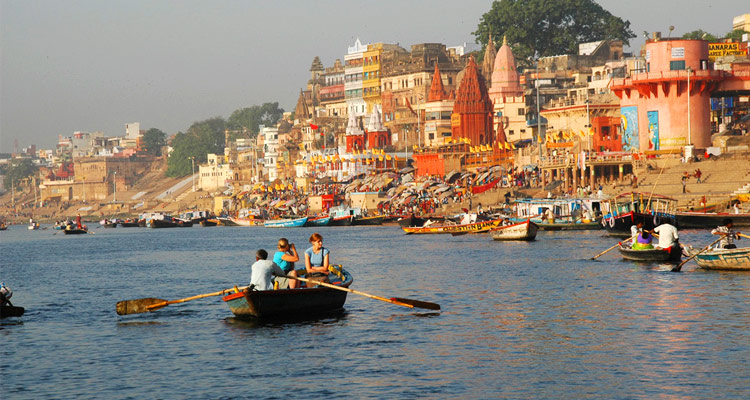
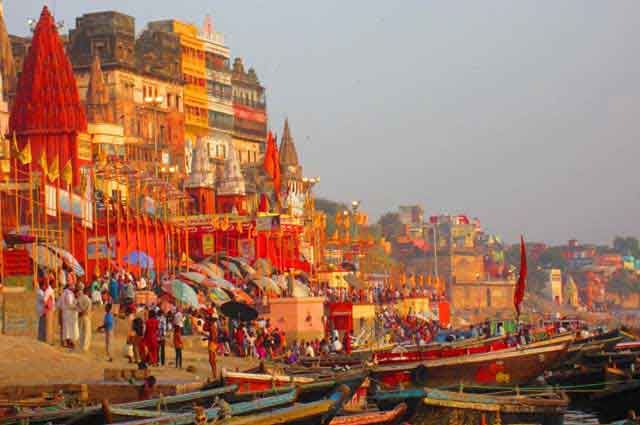
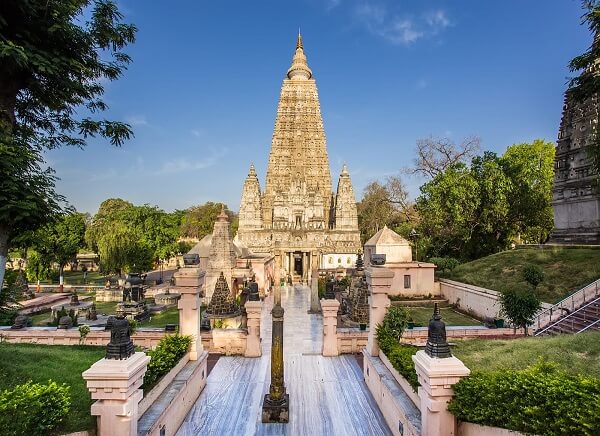
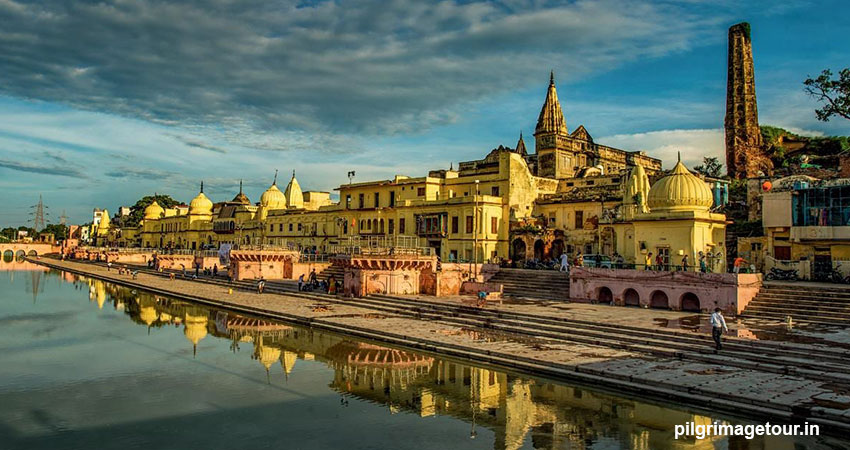

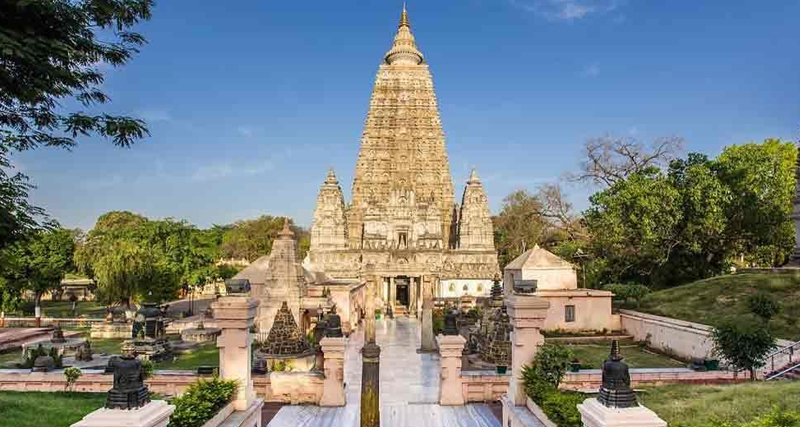
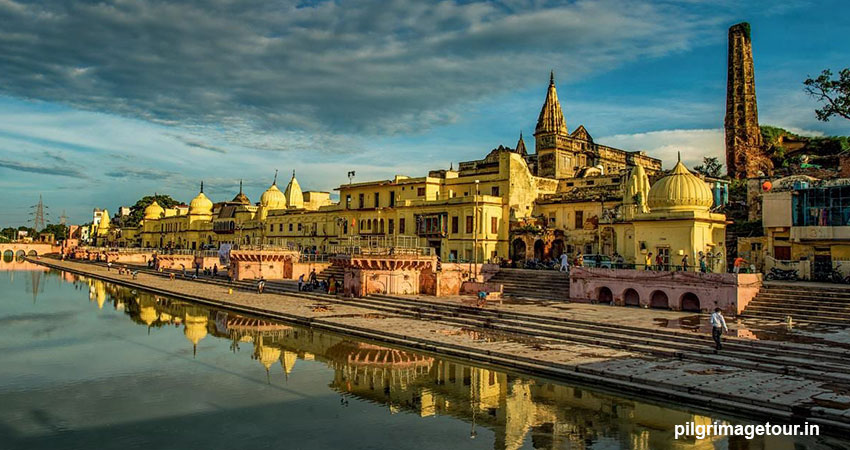
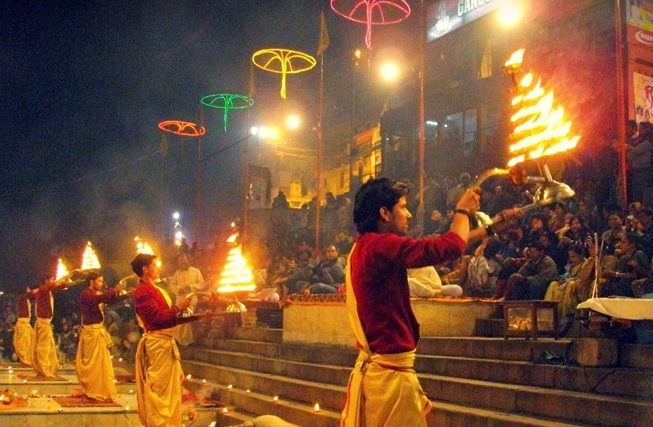
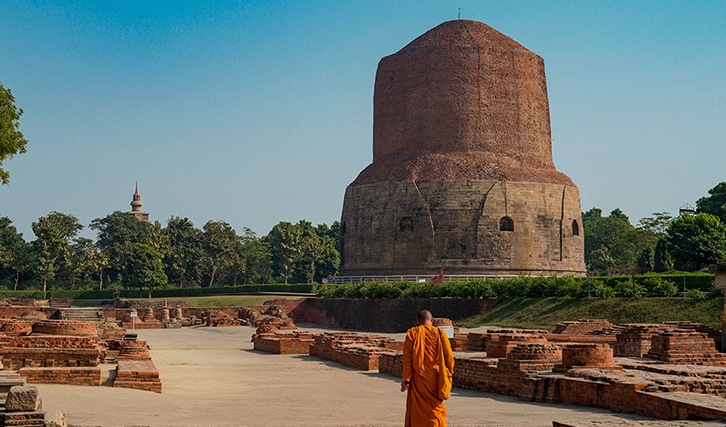
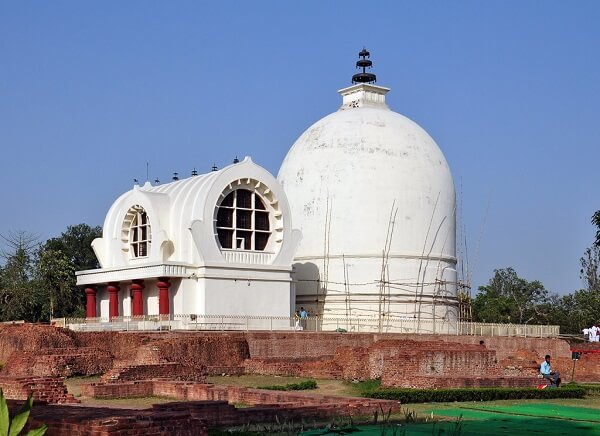
 +91-7303039611
+91-7303039611